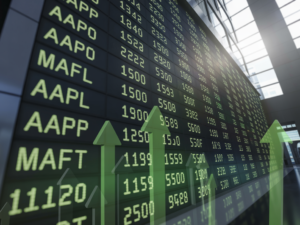The Federal Reserve (Fed) Lorie Logan:the central bank may need to continue raising its short-term policy rate
Highlights: What does the Fed’s do ? The Federal Reserve (Fed) conducts monetary policy in the United States. Achieving price stability and promoting full employment are the two mandates of the Fed. Adjusting interest rates is its primary tool for achieving these goals. If prices are rising too fast and the inflation rate is above […]
Highlights:
- Demand could pick up again if financial conditions were eased prematurely.
- There is a risk of inflation picking up and reversing progress if we do not maintain sufficiently tight conditions.
- Consideration of parameters to guide the decision to slow the unwinding of the Fed’s balance sheet is appropriate.
- The labor market ‘remains tight’ but continues its rebalancing.
- While no longer ‘super-abundant,’ the financial system as a whole has more than ample bank reserves and liquidity.
- Inflation is in a much better place than last January, but the Fed’s job isn’t done.
- We should start to slow the pace of unwinding assets as the Fed’s overnight reverse repurchase agreements begin to run low.
What does the Fed’s do ?
The Federal Reserve (Fed) conducts monetary policy in the United States. Achieving price stability and promoting full employment are the two mandates of the Fed. Adjusting interest rates is its primary tool for achieving these goals.
If prices are rising too fast and the inflation rate is above the Fed’s target of 2%, the Fed will raise interest rates, thereby increasing the cost of borrowing throughout the economy. This makes the U.S. a more attractive place for international investors to park their money, resulting in a stronger U.S. dollar (USD).
The Fed may lower interest rates to encourage borrowing if inflation falls below 2% or the unemployment rate is too high, which weighs on the Greenback.




